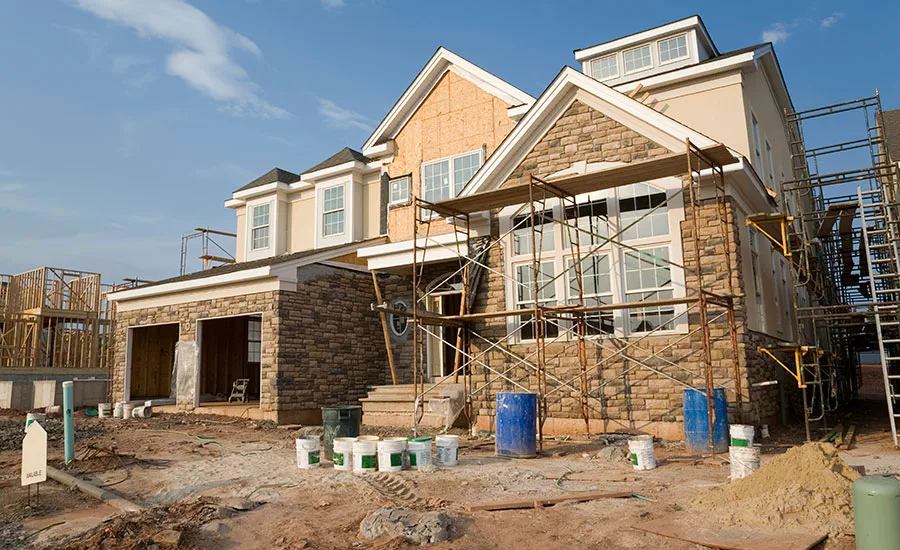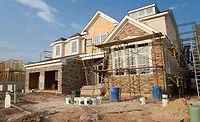Builder Confidence Ends 2019 Strong on Solid Economic Fundamentals
All three Housing Market Index components registered gains in December 2019.

Builder confidence in the market for newly built single-family homes increased five points to 76 in December, from an upwardly revised November reading, according to the latest National Association of Home Builders (NAHB)/Wells Fargo Housing Market Index (HMI). This is the highest reading since June 1999.
“Builders are continuing to see the housing rebound that began in the spring, supported by a low supply of existing homes, low mortgage rates and a strong labor market,” said Greg Ugalde, NAHB chairman and a home builder and developer from Torrington, Conn.
“While we are seeing near-term positive market conditions with a 50-year low for the unemployment rate and increased wage growth, we are still underbuilding due to supply-side constraints like labor and land availability,” said Robert Dietz, chief economist for the NAHB. “Higher development costs are hurting affordability and dampening more robust construction growth.”
All three HMI components registered gains in December 2019. The HMI index gauging current sales conditions rose seven points to 84, the component measuring sales expectations in the next six months edged up one point to 79, and the measure charting traffic of prospective buyers increased four points to 58. Looking at the three-month moving averages for regional HMI scores, the Northeast fell two points to 61, the Midwest increased five points to 63, the South moved one point higher to 76, and the West rose three points to 84.
Derived from a monthly survey that NAHB has been conducting for 30 years, the NAHB/Wells Fargo HMI gauges builder perceptions of current single-family home sales and sales expectations for the next six months as “good,” “fair,” or “poor.” The survey also asks builders to rate traffic of prospective buyers as “high to very high,” “average,” or “low to very low.” Scores for each component are then used to calculate a seasonally adjusted index where any number over 50 indicates that more builders view conditions as good than poor.
Additional details are available at www.nahb.org/hmi and www.housingeconomics.com.
Looking for a reprint of this article?
From high-res PDFs to custom plaques, order your copy today!






